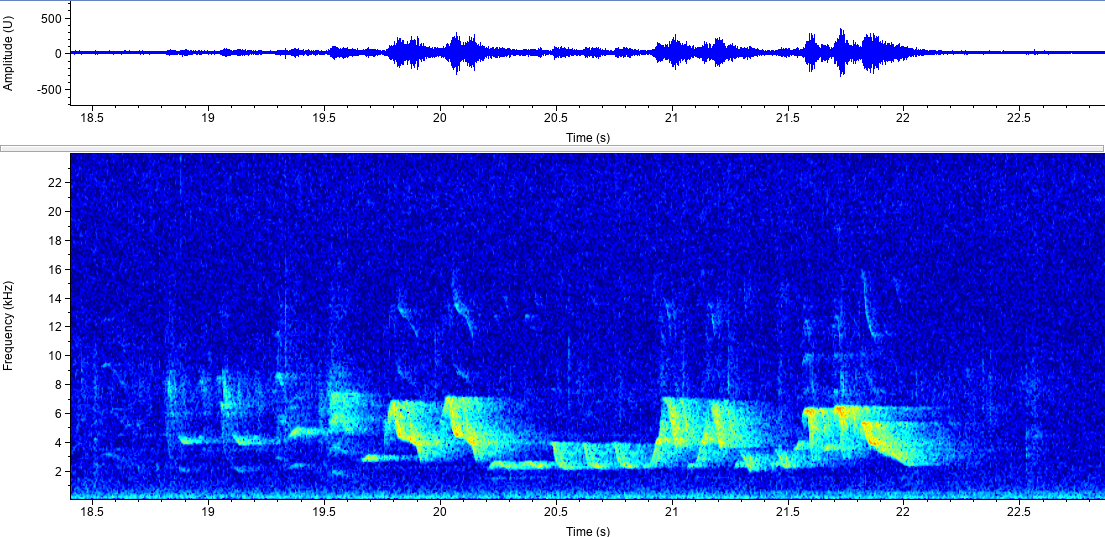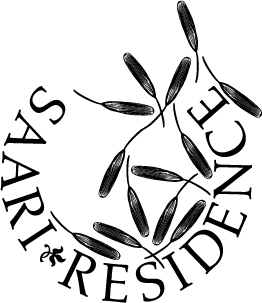Atypical singing
(by Juan Pablo Durango)
The bird species Troglodytes aedon is also known as ‘The house Wren’ or, in Spanish, ‘Chochin Criollo’. It’s a widely distributed species, found from Canada to Tierra del Fuego. It’s common to see it in open landscapes, in forest glades and near or inside human settlements. Here in Colombia it reaches regions up to 3400 m.a.s.l. It’s a small bird that in average reaches 11.4 cm. It feeds mostly on insects and invertebrates.
The house Wren is a highly variable songster, in general terms it can be said that its song begins with a chatter of fast notes and then, without a pause, it descends the scale in a cascade of apparently double notes. This specimen exhibited what I call ‘strange behaviour’, because it was observed singing alone at 4:00 AM, emitting courtship and territory defence songs, that used to be sung after dawn. Probably, this behaviour could be related with the effect of artificial lights in environments intervened in by humans, like my neighbourhood ‘Enciso’, located in the Northeast side of Medellin, where I made the recording. The pandemic lockdown was not entirely followed by the people in my neighbourhood and the regular, or even the increase in human activity, along with the continuous presence of artificial lights, probably made this individual ‘believe’ that it was already dawn, thus making them sing this courtship song so early in the morning.








